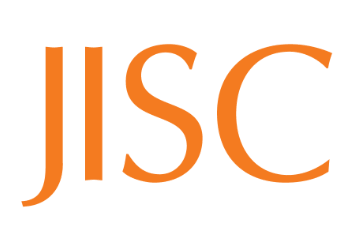1. Binding C., Tudhope D., May K. 2008. Semantic Interoperability in Archaeological Datasets: Data Mapping and Extraction via the CIDOC CRM. Proceedings (ECDL 2008) 12th European Conference on Research and Advanced Technology for Digital Libraries, Aarhus, 280–290. Lecture Notes in Computer Science, 5173, Berlin: Springer
2. May K., Binding C., Tudhope D. 2008. A STAR is born: some emerging Semantic Technologies for Archaeological Resources. Proceedings Computer Applications and Quantitative Methods in Archaeology (CAA2008), Budapest
3. Vlachidis A, Binding C, May K, Tudhope D. 2009. Excavating grey literature: A case study on rich indexing of archaeological documents by the use of Natural Language Processing techniques and knowledge based resources. Proceedings British Chapter of the International Society for Knowledge Organization (ISKO UK) Conference.
4. Binding C, May K, Souza R, Tudhope D, Vlachidis A. 2010. Semantic Technologies for Archaeology Resources: Results from the STAR Project. Computer Applications and Quantitative Methods in Archaeology (CAA2010), Granada, Presentation
Summary
STAR (Semantic Technologies for Archaeological Resources) Project is developed by University of Glamorgan and English Heritage. It aims at investigation of semantic technologies for integrating and cross searching datasets and associated grey literature in the archaeology domain. It requires an integrative framework to model data from different sources. CRM(Conceptual Reference Model)-EH is designed as an ontology in this project, that all data are mapped to it.
Data Mapping and Extraction (Paper 1, Paper 2 and Paper 3)
CRM-EH defines 120 archaeology entities and their associated properties with RDF. In this project, data from five datasets as well as grey literature are mapped to CRM-EH. For each database, table/column names are corresponded with certain CRM-EH entities, so that data could be mapped. For grey literature, natural language processing is carried out with some thesaurus to annotate and extract certain information.
Data Display (Presentation 4)
The most important output of STAR project is the STAR Research Demonstrator (http://reswin1.isd.glam.ac.uk/star/ui/STAR.UI.html), which provides interface for cross- dataset searching based on the ontology CRM-EH. It provides display for key elements including groups, contexts, finds and concept samples, as well as their semantic relations .
Display for groups: for a given group, display groups containing it and groups contained within it;
Display for contexts:
(1) Hierarchy Display: for a given context, display groups containing it, contexts containing it, contexts within it, finds within it and context samples within it
(2) Stratigraphy Display: for a given context, display contexts containing it, contexts within it and contexts equal to it.
Display for finds: for a given finds, display contexts containing it;
Display for context samples: for a given context sample, display contexts containing it.




